The last thing any of us would like to experience is a faulty furnace on a cold winter evening. You try restarting it, but it refuses to remain running for more than a minute. What a nightmare! This situation is not unlikely with gas furnaces, but how do you deal with it? We've researched the potential problems and have the answer for you here. Let us find out.
There are many reasons why a furnace won't stay running. One cause could be because one of its many pivotal components is either dirty or broken. This includes but is not limited to:
- Air Filters
- Flame Sensor
- Thermocouple
- Thermostat Settings
Now that you know what parts to inspect, there is still more information to cover. We need an understanding of each of these parts, how they perform and how they may cause a malfunction in the furnace. We'll also go over the cost of repairs! If you'd like to learn more, keep reading ahead.
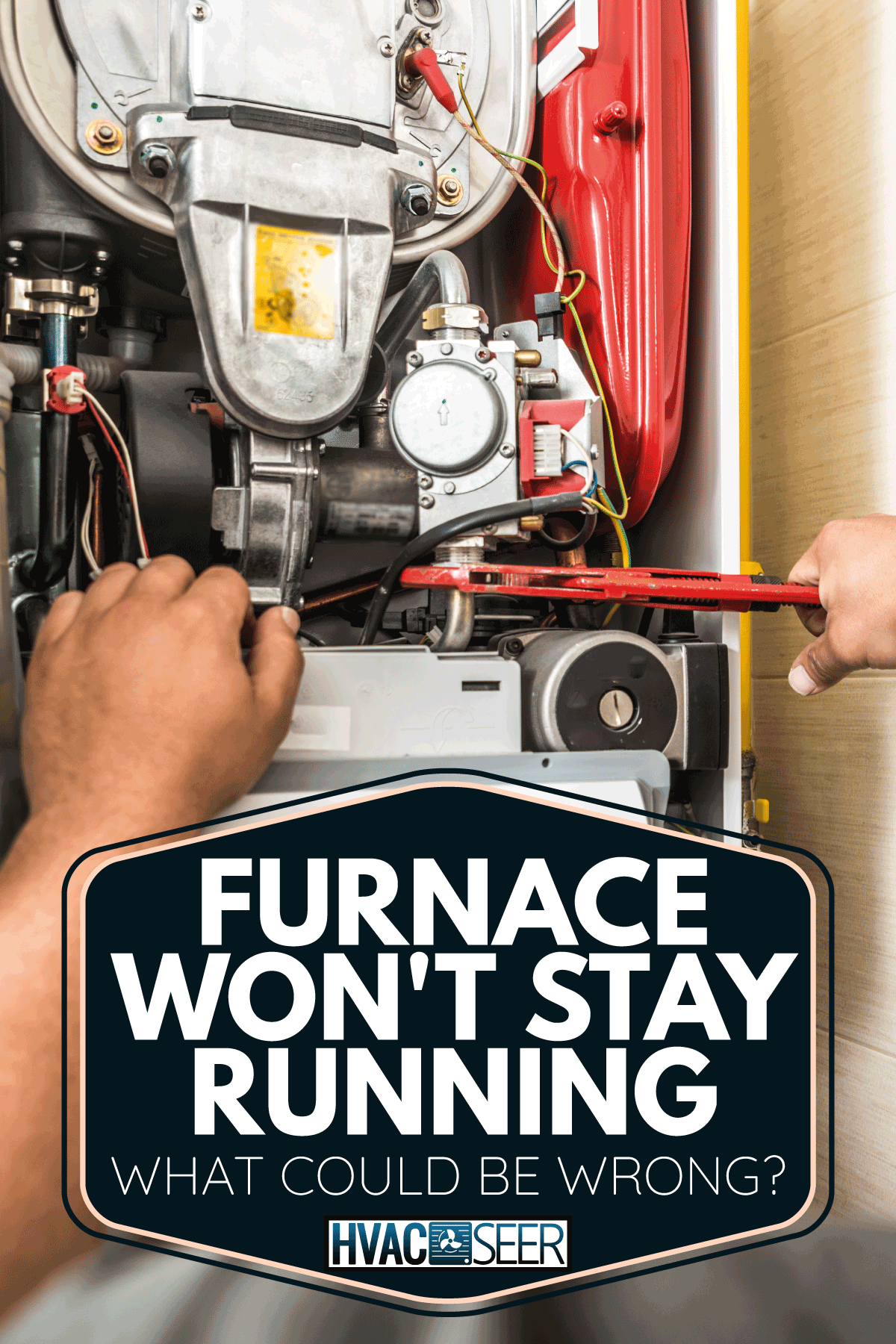
Dirty Air Filter
Luckily, the most common cause of furnace problems is the easiest to diagnose and fix. Air filters tend to clog up due to dirt and debris accumulating over time. A clogged air filter obstructs air filtration, damaging the quality of the furnace. Thus, your air filter is the first place you should be checking.
Clogged filters also restrict airflow to the heat exchanger, causing the furnace to malfunction. When airflow is limited, the heat exchanger is liable to overheat. In this case, the furnace will automatically shut off for safety measures.
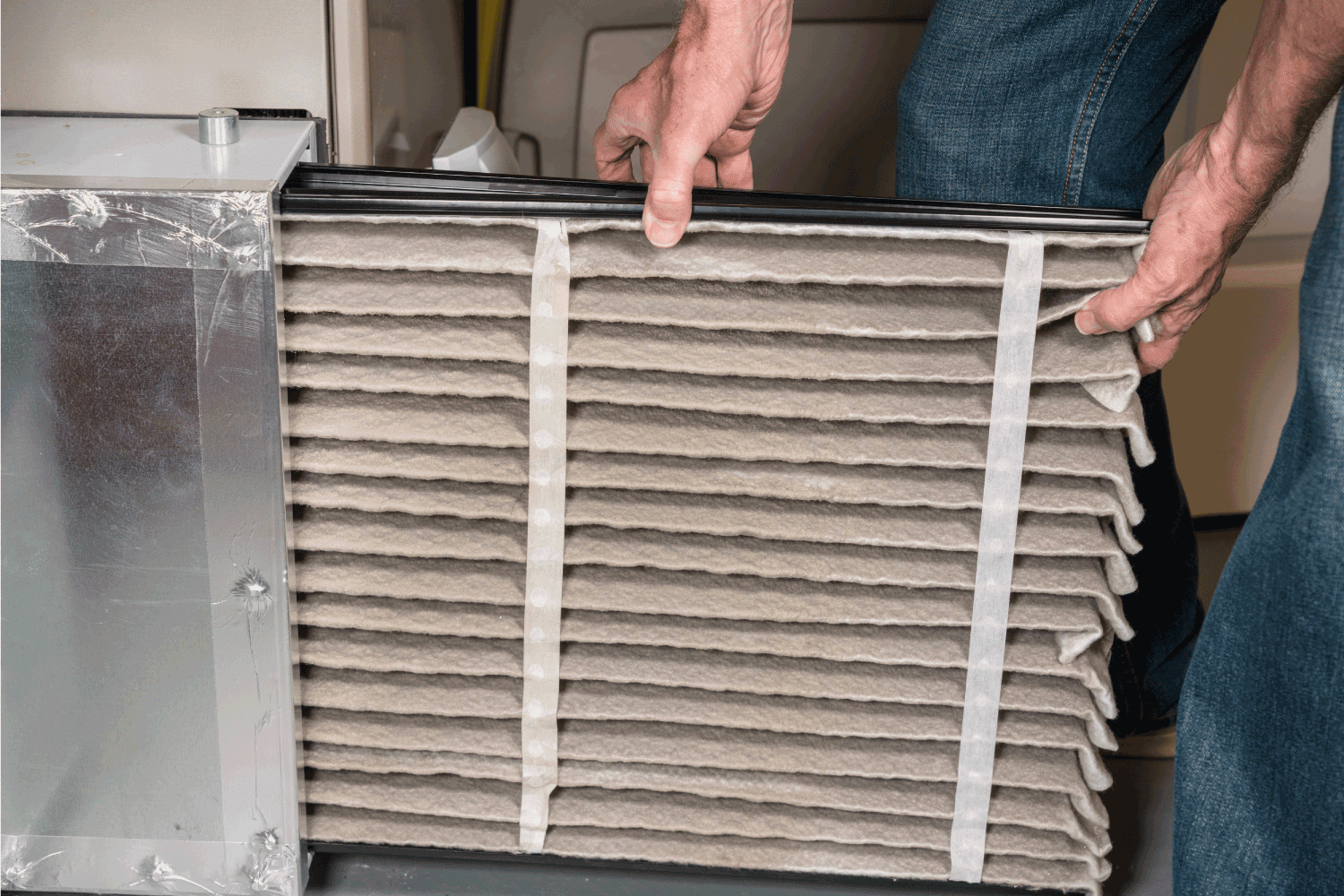
Try following these steps to deal with the situation:
- Turn off the gas supply to the furnace.
- Remove the air filter and inspect it for the extent of the damage.
Depending on the type of filter you have, use the following methods to deal with it.
- If you have a disposable filter, it should be discarded and replaced with a new filter.
- If your furnace filter is reusable, you may gently rinse with water and steer clear of all forms of dirt and debris off it.
To prevent this in the future, you will have to set a regular cleaning schedule. Change your furnace filter at the start of every season. Devise a monthly plan to keep checking up on it. If you live in an area with high pollen exposure, make the checkup bi-monthly.
Faulty Flame Sensor
The flame sensor is a critical safety component of a furnace. The job of a flame sensor is to measure and detect a flame. Your furnace should only turn on when a flame is present and detected by the sensor.
Running your furnace without a fire would likely cause a gas buildup, leading to dangerous explosions. Thus, if the rod recognizes no flame, it will send no voltage to the gas valve, shutting down the heating system.
How Do I Know if My Furnace Has a Flame Sensor?
Most furnaces come with a flame sensor, but some older designs may not have one. To diagnose a problem in the sensor, you first need to locate it. To do so, turn off the power supply to the furnace and close all gas valves.
Next, remove the furnace access cover by unscrewing any screws or bolts with it. The sensor is present right beside the burner assembly. It is a metallic rod connected to the burner at one end.
How Do I Know if My Flame Sensor Is Bad?
The signs of a faulty flame sensor begin appearing after a while. If you spot any of the following symptoms on the rod or the system, the flame sensor is bad.
- Your gas burner stops running when turned on.
- The porcelain end of the sensor is broken or cracking.
- The rod has a blackened end.
- The sensor tip is covered in soot or debris.
Cleaning a Flame Sensor
You can fix a corroded or dirty rod by following a simple cleaning guide:
- Find the flame sensor in your burner assembly using the method discussed earlier.
- Use a hex driver to unscrew the nuts keeping the sensor in place.
- Once unscrewed, you will notice it still has a connection with the electrical wire leading to the control box. Disconnect this wire.
- Use an emery cloth to gently clear solid soot or debris accumulated on the rod.
- If you still notice thick soot layers left behind, give the rod a thorough scrub. Make sure you maintain distance from the porcelain part of the rod.
- Reassemble the system by putting everything back in place. Reconnect the wire, place the sensor in its position, attach the screws back, etc.
If you want a visual demonstration, here's a YouTube video to help:
Replacing a Flame Sensor
In case of broken rods or direct damage to the porcelain material, you will have to look into a complete flame sensor replacement.
Every furnace has a different requirement for flame sensors. They are available in many different lengths, shapes, screw mountings, etc. Only the most compatible option will be worth the money.
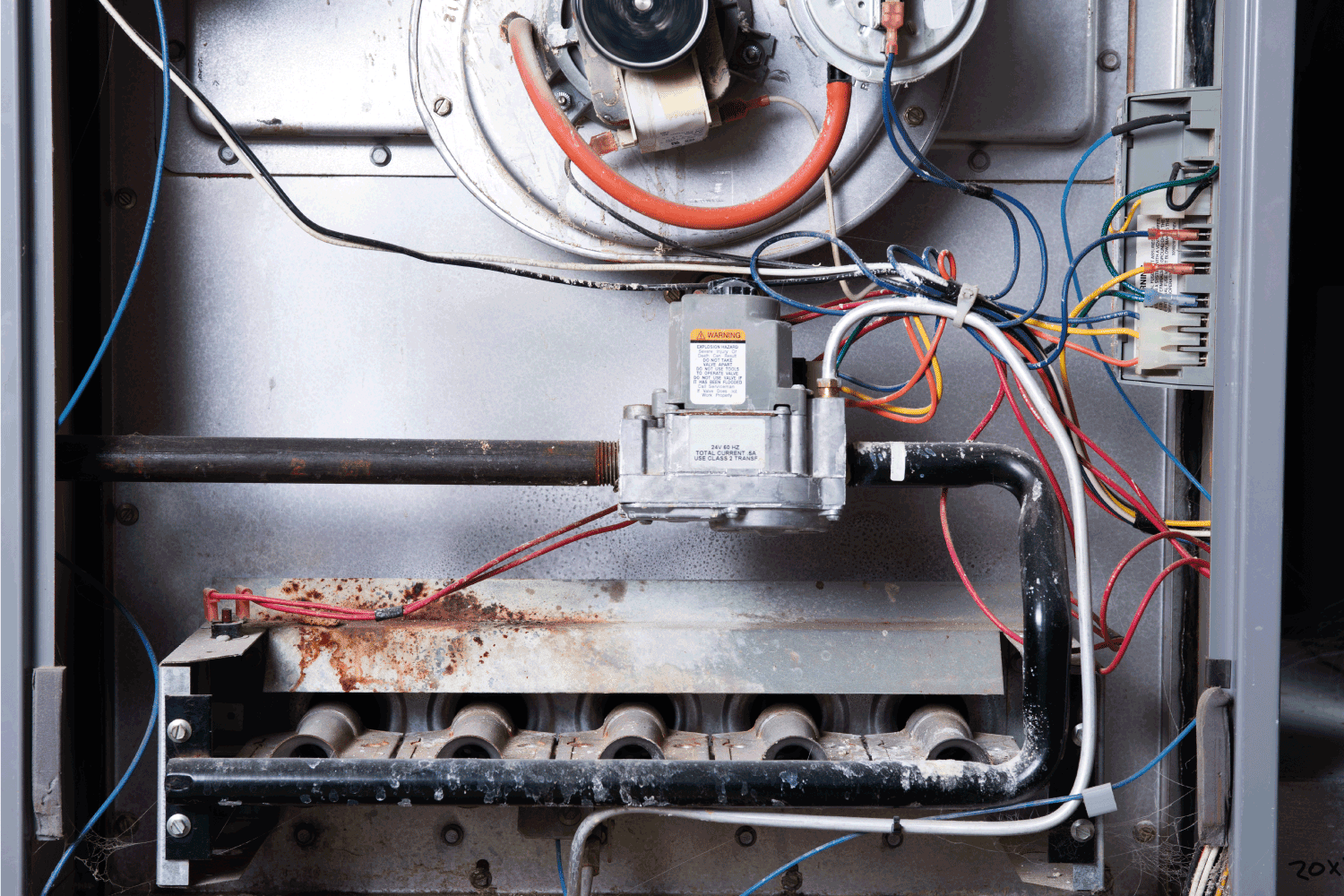
Look into your user's manual to get an accurate fit. The replacement process is the same as the cleaning one. Instead of the cleaned flame sensor, you will attach the new one this time.
Faulty Thermocouple
In older furnace models, a thermocouple is used instead of a flame sensor to shut off the furnace if the pilot flame goes out. As one user suggests, if your furnace has a pilot light, it uses a thermocouple. Thus, checking for faults in the thermocouple is just as important.
Like a faulty sensor, a thermocouple gets caked in debris and soot. In that case, a cleaning process would quickly solve the issue. However, if any parts are broken, you will have to consider a complete replacement process.
How Much Does It Cost To Replace a Furnace Thermocouple?
If done by a professional technician, getting a furnace thermocouple replaced will cost you around $150 to $250. However, if you choose to perform the job yourself, you will only bear the cost of the replacement parts. It will sum up to a maximum of about $50.
Can I Replace a Thermocouple Myself?
Yes, you may replace a thermocouple yourself. But, it depends on how confident you are with your skills. Some DIYers didn't fare well with the job. As they warn, if at any point you feel like you don't know what you're doing, call an HVAC professional to do it.
Begin with getting the right parts. The new thermocouple piece should be compatible with your furnace. Look into your user's manual to get the correct thermocouple.
Turn off the electrical power and use the gas valve to cut off all gas supplies to the furnace. Here’s how you can replace it:
- Open the access panel. If you had the furnace running previously, wait half an hour to open it.
- One end of the thermocouple is fitted into the opening of the gas valve. Find the point where the thermocouple fits into the assembly bracket. Unscrew it by locating the nuts/bolts keeping them in place.
- Join the new thermocouple to the pilot burner assembly bracket in the same position as the last piece.
- Now, join the end fitting of the piece back into the control valve. Tighten it properly.
It is a quick and easy process that saves the many dollars needed for a professional replacement. If you'd like a visual demonstration, here's a YouTube video to help:
https://www.youtube.com/watch?t=253&v=3EKbSiAJyiI&feature=youtu.be
Thermostat Malfunction
Sometimes, the malfunction is not the fault of the furnace at all. A poorly functioning thermostat also impacts how it works. Use the following pointers to inspect whether this is the case:
- Check if the thermostat is on. If yes, ensure the settings are set to heat.
- Next, check the temperature settings. If the temperature is set lower than the temperature of the surroundings, the furnace won’t stay running.
- If it is a programmable thermostat, check the settings for an error in the time or date.
- Ensure that it is not too close to any other heat source.
If all seems well, make a final effort to verify the thermostat is running. Start by adjusting the temperature settings. You should be able to hear a small clicking sound. Additionally, the furnace should start shortly thereafter. You will need to replace the thermostat if you don't hear a clicking sound or the furnace doesn't start.
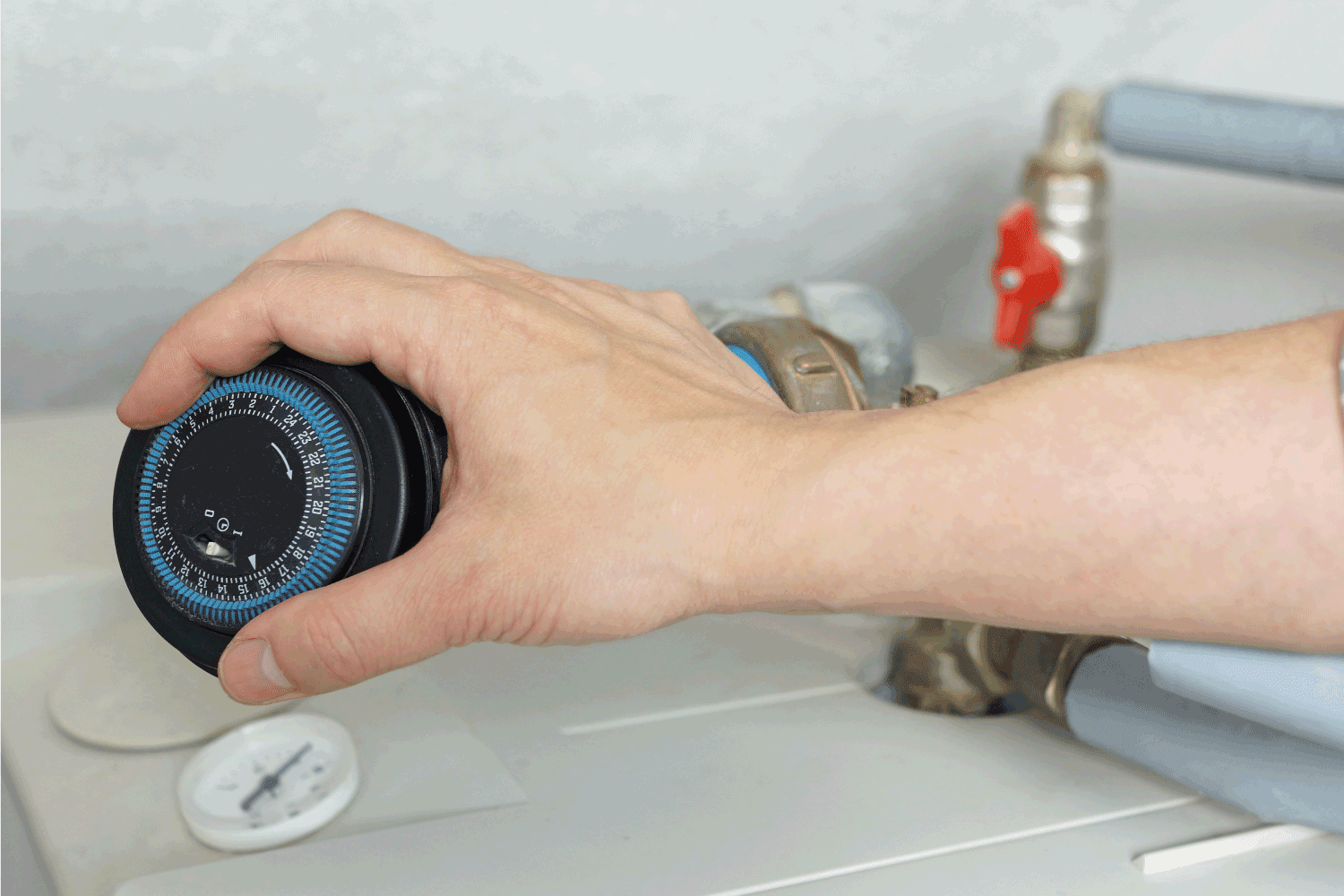
What Are the Signs of a Bad Furnace Thermostat?
A small inspection will likely help you reach the desired results. However, you can also look for other symptoms of a faulty thermostat apart from a furnace that shuts down. A few things that could happen if the thermostat malfunctions are as follows:
- The thermostat makes it difficult to access HVAC units like the AC.
- It does not respond to changes in the settings, or it has trouble maintaining them.
- You experience different temperature extremes in other areas of the house.
- It gives you incorrect readings. Use a thermometer and compare results with the thermostat to see if this is the case.
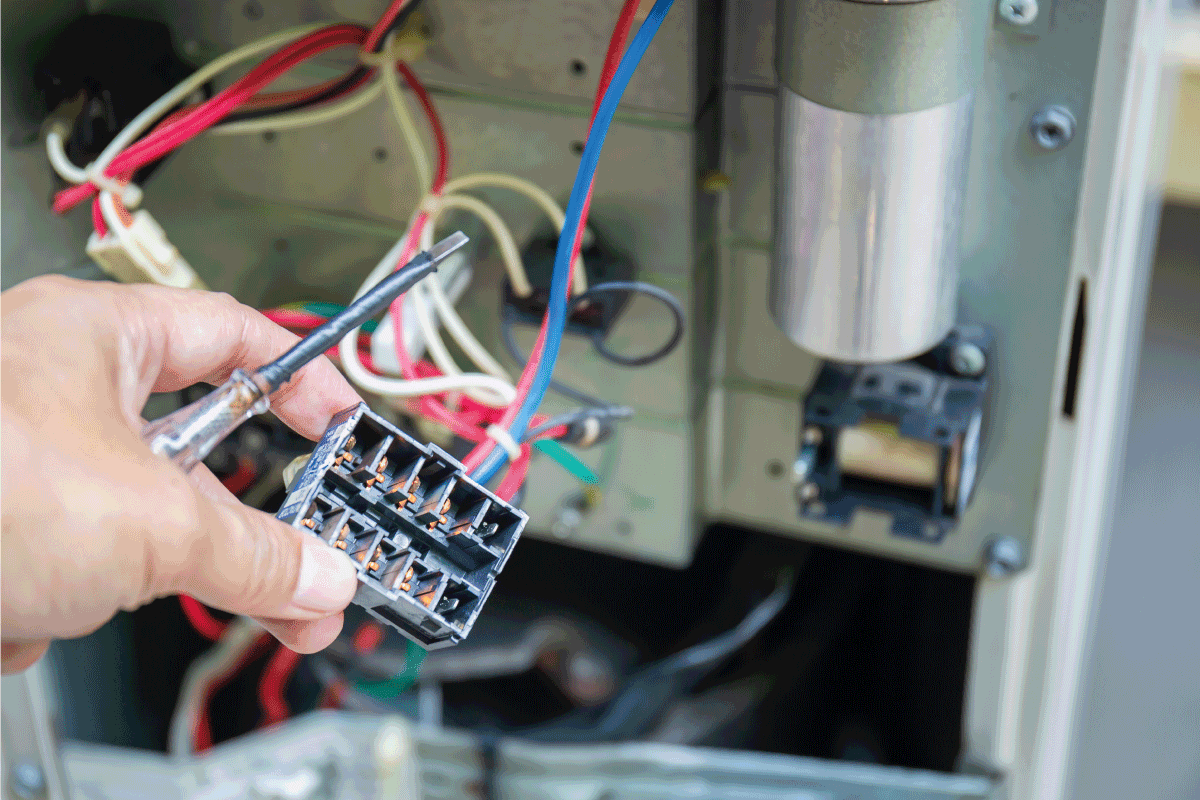
Final Takeaway
There's no time to wait when the furnace stops working correctly. But, if you don't know where to look, it might be a time-consuming job. We hope you found the information above helpful.
Before you go, are there other problems you've found with your furnace? Is it leaking air? To find out if that's standard procedure, check out our post - Should My Furnace Leak Air?
Is your furnace sweating after a few hours of operation? There might be a problem you're overlooking. If you'd like to learn more, check out our post - Furnace Is Sweating - What Could Be Wrong?
